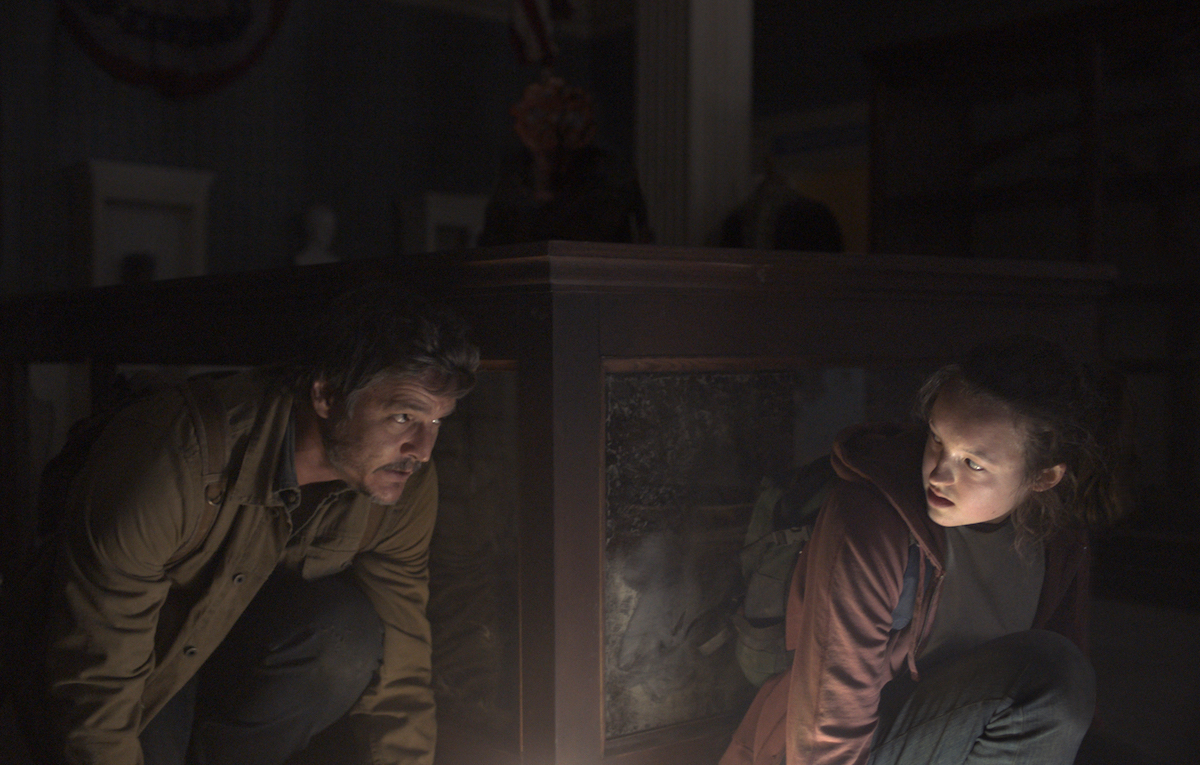Cinema is born from a mushroom, genre cinema – and why not cinema in general? – comes from a mushroom. It’s 1902, Georges Méliès invents science fiction and in “Moon Voyage”, which is kind of the progenitor of everything, he takes his adventurers in frock coats and top hats to the moon, and there is a cave where mushrooms are as tall as them, even bigger . The preparatory sketches for the film, in turn the creators of the storyboards, seem like the future as we imagine it now: extraterrestrial rocks with stalactites on top and these giant fly agarics pressing down from below; in the middle is a man destined to be crushed by both forces greater than himself.
Who knows why, but this movie’s fascination with mushrooms certainly comes from there: they see them as aliens, sci-fi, incomprehensible creatures, silent bodies that seduce and kill us, tell us about the future and yet, above all, were there before us. . On her latest tour, Björk, a passionate and self-confessed fetishist of the mushroom universe, sings on a platform that represents an umbrella chapel of an imaginary mushroom. This also looks like a film from the future, but at the same time like a picture of a pristine, still virgin state of nature, which, as we read between the lines of the eco-message of the concert, it was man who spoiled or rather raped, as a result of which these creatures will rebel.
The last mushroom of cinema, in the broad and broad sense as it is understood today, is Cordyceps Last of us. He actually exists, on Reddit and the like we’ve been wondering for months what he could actually do to us: could we eat him (our way of making him our friend: and that would already explain future wars) or would he instead turn us into monsters, as in the video game turned HBO series? While we are meeting halfway: it is included in many medicines and natural products, including smoothie From Goop Gwyneth Paltrow (who, in many ways, has already foreseen the future very well: everything is coming together). What is certain is that if this is to be the destruction of humanity, it will be a beautiful destruction: we will all be turned into body art. Creatures Last of us they’re eerily beautiful, poised between Arcimboldo’s tuttifrutti and Cronenberg’s nightmare. From an aesthetic point of view it could have been worse.
Disney’s mushrooms in Alice in Wonderland are a precursor to cinematic psychedelia, suitable for children too: eat a piece of them and you see the future (which they then have, for children decades later and children today). , in mushrooms Super Mario Brothers). Fungus is the basis of horror: fly agarics growing rudely in the Canadian suburb of Amanita Pestilens, it was 1963; Cordyceps-inspired face reveal effect Matango Ishiro Honda, same year; to today’s horrors(Mushrooms, In the Ground) who predict that the world will change in every sense due to the infection of fungi, plants and people – the latter inevitably always suffer from it.
The mushroom in the movies is also atomic, equal parts seducer and destroyer. Yes, it was “Hiroshima”, but “mon amour” by Alain Resnais, 1959. instant film or almost on the ruins of an atomic bomb, love exploded (sorry) between the Frenchwoman Emmanuelle Riva and the Japanese Eiji Okada. It is a mushroom that, however, remains invisible, Oppenheimer’s mushroom, which in Nolan’s vision at the very moment of explosion represents all the beauty of man (the infinity of reason, the possibilities of science, the Promethean ability to change shape). Universe) and, as we know, everything is bad.
IN Destruction (Destruction) by Alex Garland, based on the novel by Jeff VanderMeer, a group of biologists led by Natalie Portman explore a quarantine area, shaken by “The Glow”, a phenomenon that has disrupted our ecosystem, causing nature to take everything back, including us. The most beautiful encounter – allow the adjective – occurs with the body of a soldier eaten by a mushroom: and it has become a kind of installation, a monstrous and magnificent picture, which these women watch in shock and fascination, as if they were in the pavilion of the Biennale of Horrors. This film was released in 2018, but it felt like we were back in 1902. It was Earth, but it was like another Travel on the Moon. Where they were all men, here they were all women. Cinema has changed, the fungi that infect it are still here, they will always be there.

